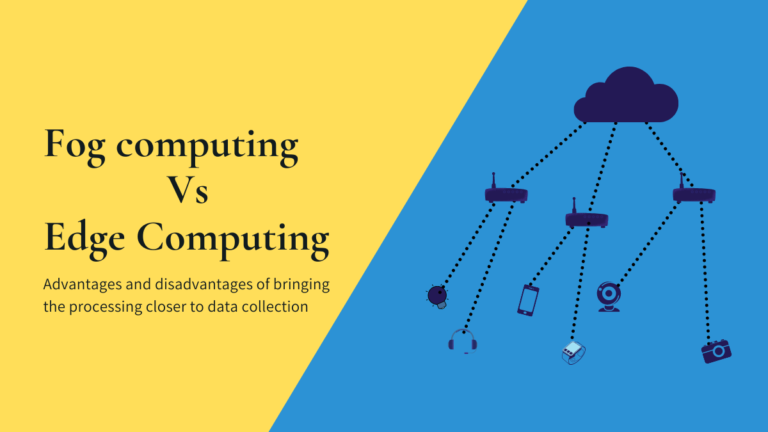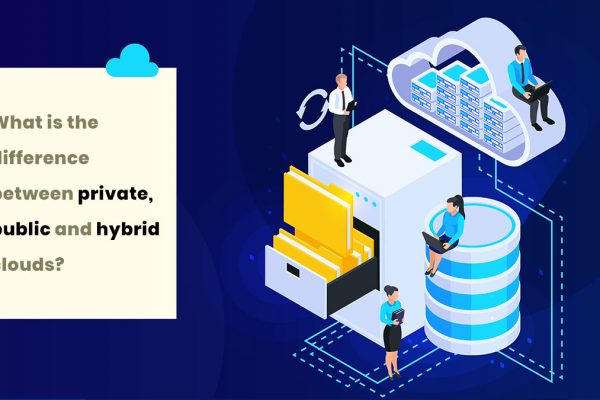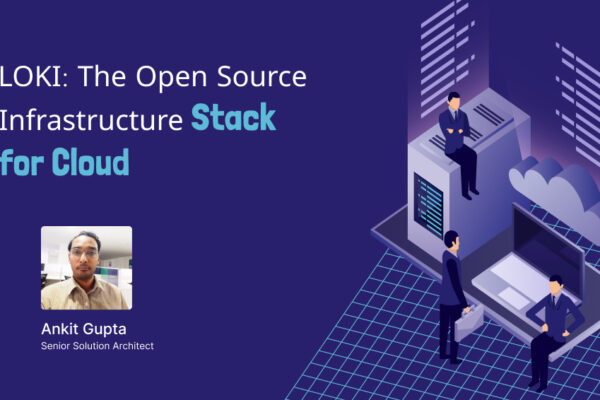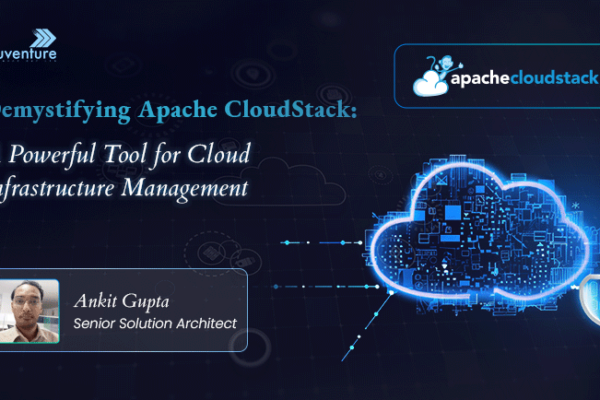Internet of things is advancing at a rapid pace these days. Experts estimate that by 2026, the global IoT device market will reach $11 trillion. Smart home assistants and devices, which were part of science fiction 15 years ago or so are commonplace now. With this fast-paced proliferation of IoT devices, edge computing and fog computing are getting a lot of attention these days.
IoT devices are also getting integrated into more mission-critical applications. Such applications require low latency connectivity, faster results, and quick response times. And the rollout of 5G connectivity all over the globe will be another factor accelerating the use of IoT for these use cases.
Edge computing and fog computing are two other options for reducing latency and improving the response time for IoT devices.
Traditionally IoT devices have relied on cloud computing for processing and analysing data. Shifting to edge reduces the reliance of IoT systems on connectivity by processing the data on the device.
Fog computing is similar to edge computing albeit for a few differences. In the case of edge computing, the device that collects the data processes the data. In fog computing the data processing is not carried out on the device, but rather on processors connected to the LAN.
Compared to edge computing, the sensors and processors are physically apart in fog computing. Both fog and edge computing enable faster data-driven decision making by reducing dependence on the cloud.
Edge computing
In edge computing, the device collects data and the collected data is processed on the device itself. The device is still connected to the cloud and can be accessed from anywhere in the world. But the device carries out most of the processing and decision making. Edge computing can reduce the recurring data costs associated with cloud computing.
Consider an Alexa device. If the device is completely dependent on the cloud, it will have to constantly stream every sound picked up by its mics. The data sent to the cloud is significantly reduced by bringing the “Hey Alexa” detection to the edge. And at the same time assuage the privacy concerns.
For applications like driverless cars or for robotic surgeries, it is not possible to rely on cloud computing. In these situations, the majority of the computing is on the device itself. And with increasing privacy concerns among consumers, there’s a shift towards more edge processing.
But edge computing has its drawbacks. With more processing on edge, battery life, as well as the device cost becomes a concern.
Fog computing
Edge computing and fog computing is so similar that sometimes fog computing is considered a type of edge computing. But in fog computing, the processing happens a little further from the creation of data, but closer than the cloud. Here the processing happens in fog nodes in LAN networks.
And the data from many devices are processed in a single location. Almost like, bringing the cloud processors closer to the devices. With fog computing, it is possible to analyse data from multiple devices without compromising on the response times.
Like edge computing, fog computing also reduces the data sent over to the cloud and helps with privacy issues.
Pros and cons of edge computing
As mentioned above, edge computing can improve the speed of your IoT network significantly. It will significantly reduce latency. Lesser reliance on connectivity will also make the devices more reliable. Network issues won’t affect the devices as much. Edge computing is a great option particularly in remote locations where reliable network connection can’t be guaranteed.
With edge, you can also reduce recurring costs in terms of data bandwidth. Edge devices usually have their own storage as well. And the demand for cloud computing also comes down, as less data is sent to the cloud. Of course, this depends on the application.
In short
- Reduced bandwidth
- Lower latency
- Less demand for cloud computing
- Fewer privacy concerns
A potential pitfall for edge computing – according to experts – is that companies may miss out on potentially useful data. Therefore companies have to decide which data to process on the edge and which data to process in the cloud.
Pros and cons of fog computing
Edge computing can do wonders for devices that are physically apart from each other. But for situations in which multiple devices are physically next to each other, fog computing can do wonders. Unlike edge, a single device can process and analyse data from multiple devices and bring up valuable insights.
This brings the capabilities of cloud without compromising on the lower latency promised by edge. Devices in the fog are much more capable, have higher storage and processing capacity compared to the edge.
The drawback with fog computing is that there are a lot more devices to be managed. Fog computing presents a much larger infrastructure, which means more initial investment and more expenses down the line.
Cloud, fog, and the edge
None of these makes the perfect solution for every problem. Every problem requires a unique approach which is likely to be a combination. The idea is to divide the data processing between the edge, fog, and the cloud. Low latency decisions can be allocated to the edge, decisions that require inputs from multiple devices could be allocated to the fog. And in the cloud, higher-level analytics can be handled.




